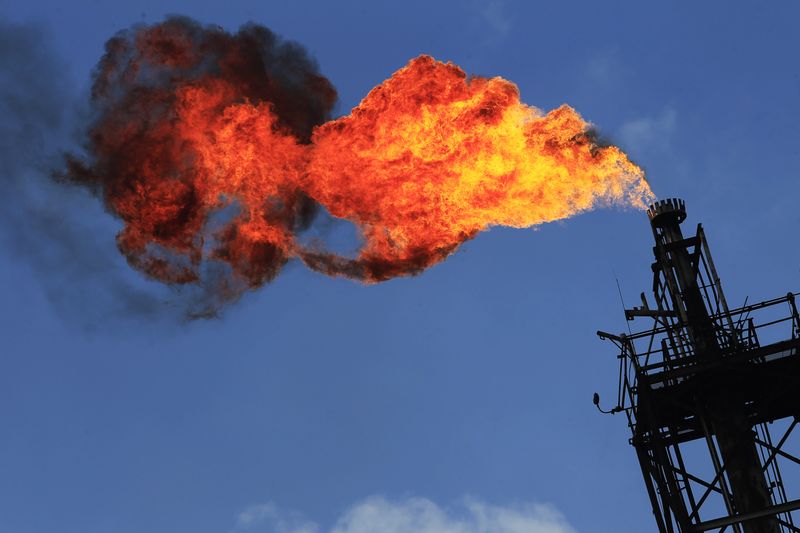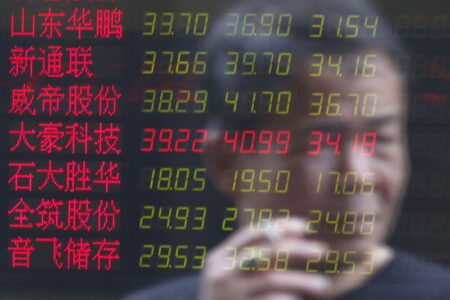Investing.com — The outlook for the European gas market remains exceptionally tight, according to analysts at Morgan Stanley, largely driven by lower-than-expected inventories and heightened competition for on the global stage.
As Europe approaches the winter season, the region faces considerable pressure to attract sufficient LNG imports to meet demand, with storage levels unlikely to reach full capacity by the end of October.
This shortfall places additional reliance on LNG supplies, particularly as Norwegian pipeline flows and North African imports remain limited due to ongoing maintenance issues.
Morgan Stanley flags that Europe will likely begin the winter with inventories 7% lower than last year, a gap driven by sluggish injection rates and intensified competition from Asian markets, where demand for LNG continues to rise.
This puts Europe in a precarious position, especially as new LNG supply capacity remains limited until early 2025, and the market remains strained by growing consumption from key buyers such as China, Japan, and South Korea.
As a result, TTF prices, which serve as a European gas benchmark, will need to remain elevated to ensure that Europe can compete effectively for LNG cargoes.
In terms of pricing, Morgan Stanley projects that TTF will hold at or above $12.5 per million British thermal units (mmbtu) for the remainder of 2024, with prices expected to rise to $13/mmbtu during peak winter demand in the first quarter of 2025.
These figures represent an upward revision from earlier forecasts, reflecting the tighter-than-anticipated supply outlook and the increased likelihood of deeper inventory draws throughout the winter months.
The brokerage notes that without a substantial uptick in LNG imports, Europe could see its gas storage levels fall to just 51% by the end of March 2025, a steep decline from the 56% recorded at the same time in 2023.
Compounding the tight supply situation, extended maintenance schedules for Norwegian production facilities, particularly the Troll gas field, have further restricted European supply.
Meanwhile, competition with Asia for LNG is expected to remain intense, with even modest increases in Asian demand likely to push prices higher.
As Morgan Stanley points out, Europe’s dependence on spot LNG cargoes makes the region especially vulnerable to any global supply disruptions or unexpected spikes in demand from other regions.
Going forward, Morgan Stanley’s analysts remain cautiously optimistic that new LNG capacity from the U.S. will begin to ease some of the pressure by the second quarter of 2025.
However, until then, Europe faces a highly competitive and constrained market, with little room for error in terms of managing supply risks and securing necessary LNG volumes.
The brokerage continues to warn that any unexpected disruptions—whether geopolitical, supply-chain related, or driven by extreme weather—could push prices even higher, exacerbating the challenges faced by European gas consumers this winter.
Read the full article here
















